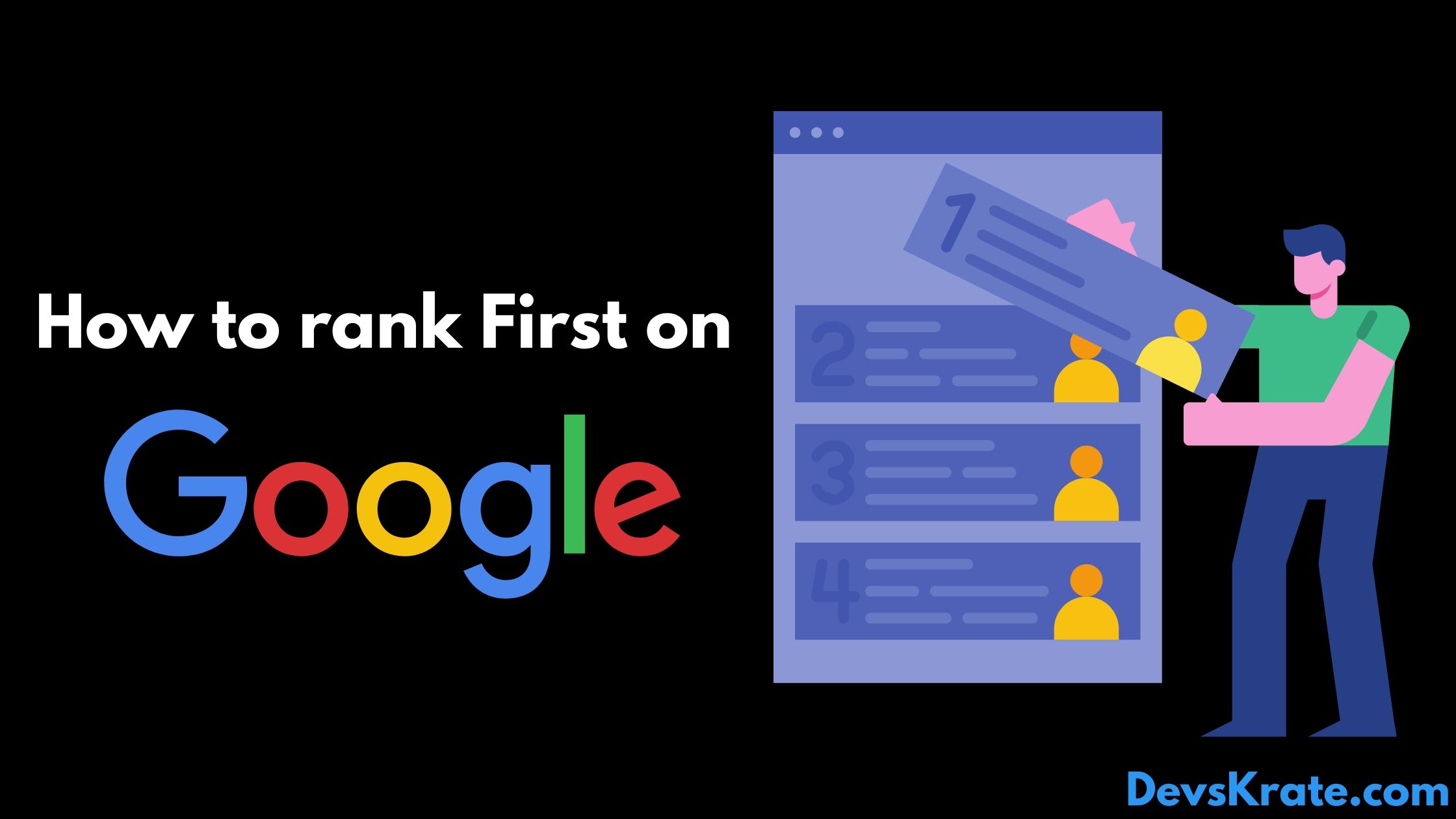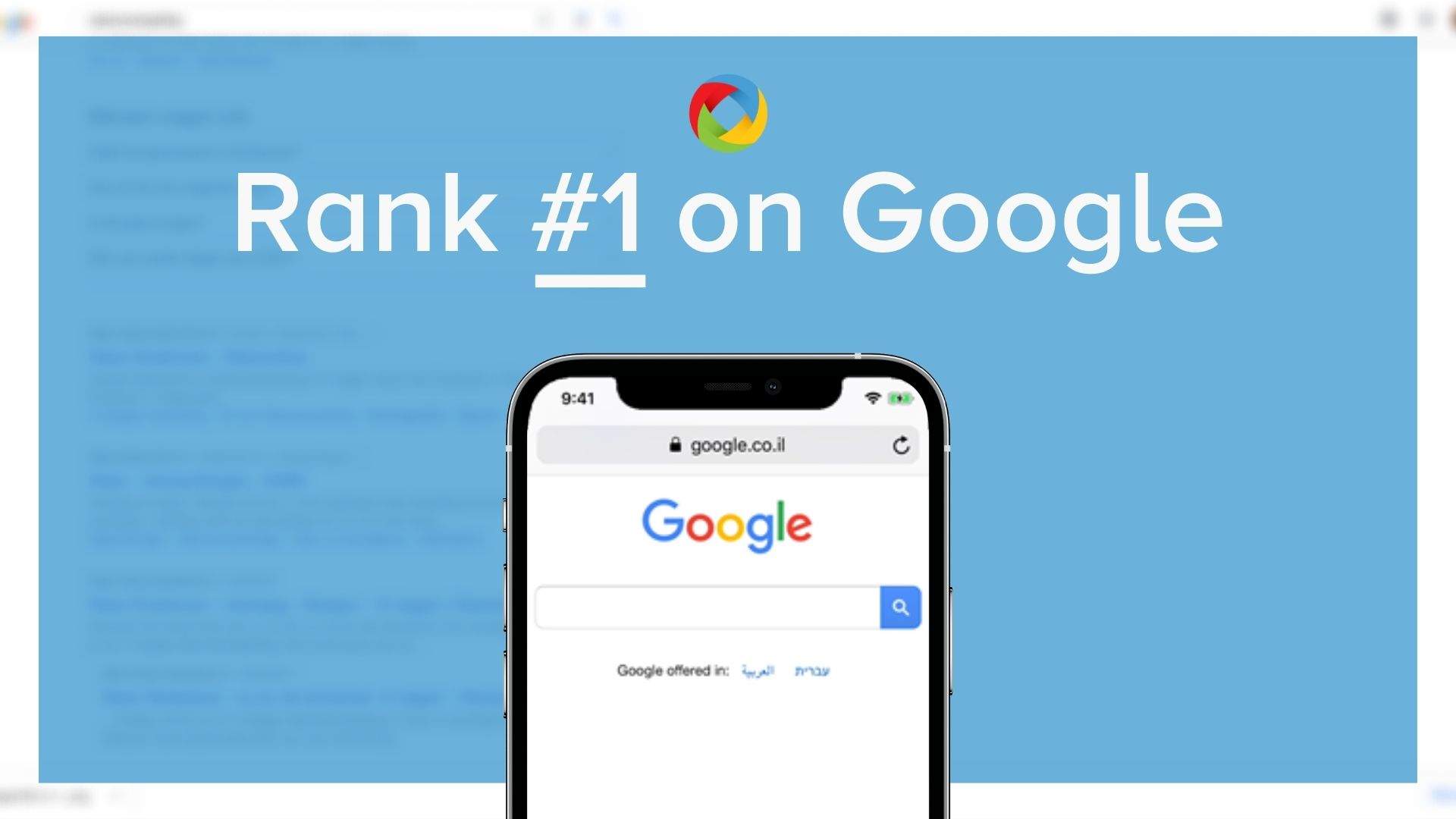Master The Art Of Ranking Up On Google Search
Let me hit you with something real right off the bat: ranking up on Google search ain't child's play. But guess what? It's not rocket science either. If you're here, you're probably scratching your head wondering how to climb those search engine rankings and get your website in front of more people. Well, buckle up, buttercup, because we’re about to dive deep into the world of how to rank up Google search. This ain’t just a guide—it’s your ultimate cheat sheet to digital success.
Now, before we dive in, let’s talk about why this even matters. Ranking high on Google means more traffic, more visibility, and ultimately, more opportunities for your business or brand. Whether you're a small-town blogger or a global corporation, the rules of the game are the same. You need to know the tricks, the strategies, and the secrets that Google doesn’t exactly shout from the rooftops. So, let's break it down step by step.
And hey, don’t worry if you’re not a tech wizard. We’re going to keep things simple, straightforward, and packed with actionable tips. By the end of this, you’ll be ready to take on Google like a boss. So, let’s get started, shall we?
- Mastering Your Journey With The Nice Bus Schedule
- A Premier Destination For Mental Health Care The Institute Of Living Hartford
Table of Contents
- Understanding Google's Algorithm
- Building a Killer Keyword Strategy
- SEO Optimization for Google Rankings
- Creating Quality Content That Converts
- Technical SEO: The Hidden Gems
- Backlink Building for Authority
- Enhancing User Experience (UX)
- Crushing Local SEO
- Staying Ahead of Google Updates
- Tracking Your Progress with Metrics
Understanding Google's Algorithm
Alright, let’s start with the basics. Google’s algorithm is like a super-smart robot that decides which websites deserve the spotlight. It takes into account hundreds of factors, but don’t panic—there are some key ones you can focus on. Think of it like a recipe: you need the right ingredients to make it work.
One of the biggest factors is relevance. Google wants to show users the most relevant content for their search query. That means your website needs to be clear about what it offers and how it solves the user’s problem. Another biggie is authority. Google loves sites that are trusted by others, which is where backlinks come in. We’ll dive deeper into that later, but for now, just know that building authority takes time and effort.
Core Ranking Factors
- Content Quality: Does your content answer the user’s question?
- Technical SEO: Is your site fast, mobile-friendly, and easy to navigate?
- User Experience: Do visitors stick around or bounce right off your page?
- Backlinks: Are other reputable sites linking to yours?
Building a Killer Keyword Strategy
When it comes to how to rank up Google search, keywords are your bread and butter. But it’s not just about stuffing your content with random words. You need a strategy. Start by identifying the keywords that your target audience is searching for. Tools like Google Keyword Planner or Ahrefs can help you find high-value, low-competition terms.
- Discover The Magic Of Pittsburgh Steelers Pictures
- Discover The Prestige Of Columbia University Public Health
Once you’ve got your list, organize them into primary, secondary, and long-tail keywords. Primary keywords are the main ones you want to rank for, while secondary and long-tail keywords support your primary focus. For example, if your primary keyword is "how to rank up Google search," your secondary keywords might include "SEO tips," "search engine optimization," or "ranking strategies."
Pro Tip: Focus on Intent
User intent is key. Are people looking for information, products, or solutions? Tailor your content to match their intent. If someone searches "how to rank up Google search," they’re likely looking for step-by-step guidance, not a sales pitch.
SEO Optimization for Google Rankings
SEO is the backbone of any ranking strategy. It’s all about making your website search-engine-friendly. Start with on-page SEO, which includes optimizing your titles, meta descriptions, headers, and alt tags. Use your primary keyword naturally in these elements, but don’t overdo it. Google’s not a fan of keyword stuffing.
Off-page SEO is equally important. This involves building relationships with other websites to earn backlinks. Guest posting, partnerships, and collaborations can help you get those precious links. Just make sure the sites linking to you are reputable—Google can penalize you for low-quality backlinks.
On-Page SEO Checklist
- Use your primary keyword in the title tag.
- Include a compelling meta description with the keyword.
- Optimize H1, H2, and H3 tags with variations of your keyword.
- Write alt text for images that includes relevant keywords.
Creating Quality Content That Converts
Quality content is the golden ticket to ranking success. But what makes content "quality"? It’s more than just good writing—it’s about solving problems, answering questions, and providing value. Your content should be well-researched, engaging, and easy to read. Break it up with headings, bullet points, and visuals to keep readers hooked.
Another secret weapon is updating old content. If you’ve got articles from years ago, give them a refresh. Update the data, add new insights, and make sure they’re still relevant. Google loves fresh, updated content, and it can give your rankings a boost.
Content Types That Work
- Tutorials and how-to guides
- Lists and rankings
- Case studies and success stories
- FAQs and Q&A sections
Technical SEO: The Hidden Gems
Technical SEO might not be as glamorous as content creation, but it’s just as important. Think of it as the foundation of your house—if it’s weak, everything else falls apart. Start with site speed. A slow-loading site will turn visitors away faster than you can say "bounce rate." Use tools like Google PageSpeed Insights to identify and fix performance issues.
Mobile optimization is another big deal. With more people using smartphones to browse, Google prioritizes mobile-friendly sites. Make sure your site is responsive, with a layout that adapts to different screen sizes. And don’t forget about security—get an SSL certificate to encrypt your site and protect user data.
Common Technical SEO Issues
- Broken links
- Duplicate content
- Missing alt tags
- Incorrect meta tags
Backlink Building for Authority
Backlinks are like votes of confidence from other websites. The more high-quality sites linking to yours, the more authority you gain in Google’s eyes. But how do you get those links? Start by creating shareable content. Infographics, research reports, and in-depth guides are great for attracting links naturally.
You can also reach out to other websites directly. Find blogs or influencers in your niche and offer to collaborate. Guest posting is another effective way to earn backlinks. Just make sure the content you provide is valuable and relevant to their audience.
Quality Over Quantity
It’s better to have a few strong backlinks than a bunch of weak ones. Focus on building relationships with reputable sites in your industry. Check the domain authority (DA) of the sites you’re targeting—a higher DA means more value for your backlinking efforts.
Enhancing User Experience (UX)
User experience is all about making your site enjoyable and easy to use. Google tracks metrics like time on page, bounce rate, and click-through rate to gauge how users interact with your site. If they’re clicking away after a few seconds, it sends a signal that your content isn’t meeting their needs.
To improve UX, focus on simplicity. Use clear navigation, intuitive design, and fast load times. Make sure your content is scannable, with headings, bullet points, and short paragraphs. And don’t forget about accessibility—ensure your site is usable for people with disabilities.
Key UX Metrics to Monitor
- Bounce rate
- Average session duration
- Pages per session
- Conversion rate
Crushing Local SEO
If you’re a local business, local SEO is your secret weapon. It helps you rank higher in search results for people searching in your area. Start by claiming and optimizing your Google My Business listing. Add your business hours, address, phone number, and photos to make it complete.
Encourage customers to leave reviews—positive reviews boost your credibility and ranking potential. And don’t forget to use location-based keywords in your content. For example, if you’re a plumber in Chicago, include phrases like "plumbing services in Chicago" or "Chicago plumber."
Local SEO Tips
- Optimize your website for local search terms.
- Get listed in local directories like Yelp and Yellow Pages.
- Encourage customers to leave Google reviews.
Staying Ahead of Google Updates
Google updates its algorithm all the time, and staying informed is crucial. Some updates are minor, but others can shake up the entire SEO landscape. Keep an eye on industry news and forums to stay ahead of the game. Tools like Moz or Search Engine Journal can help you stay updated.
One of the biggest updates in recent years was the Core Web Vitals update, which focuses on page experience. It emphasizes speed, responsiveness, and visual stability. If you haven’t optimized for these factors yet, now’s the time to do it.
How to Adapt to Algorithm Changes
- Monitor your rankings regularly.
- Stay updated on Google’s official announcements.
- Test and adjust your strategy as needed.
Tracking Your Progress with Metrics
Finally, let’s talk about measuring your success. You can’t improve what you don’t measure, right? Use tools like Google Analytics and Google Search Console to track your performance. Key metrics to watch include organic traffic, keyword rankings, click-through rate, and conversion rate.
Set up regular reporting to keep tabs on your progress. Celebrate your wins, but don’t get discouraged by setbacks. SEO is a marathon, not a sprint. Stick to your strategy, and the results will come.
Final Thoughts
Ranking up on Google search isn’t easy, but it’s definitely achievable with the right approach. Focus on quality content, technical optimization, and user experience. Build authority through backlinks and local SEO. Stay informed about algorithm updates and adapt as needed. And most importantly, keep pushing forward. Your hard work will pay off in the long run.
So, what are you waiting for? Take action today. Whether it’s optimizing your site, creating killer content, or building backlinks, every step counts. And remember, the more you practice, the better you’ll get. Now go out there and conquer the search engines!
Got questions or feedback? Drop a comment below, and let’s keep the conversation going. And hey, if you found this helpful, don’t forget to share it with your friends. Together, we can all rank higher and achieve our goals. Cheers!



Detail Author:
- Name : Mr. Timmy Dickinson
- Username : qdaniel
- Email : darlene.blanda@hotmail.com
- Birthdate : 1996-02-23
- Address : 9278 Abernathy Track Bergemouth, OK 84648
- Phone : 1-269-578-9853
- Company : Abernathy, Breitenberg and Kirlin
- Job : Nursery Worker
- Bio : Voluptas eaque ea repellendus rem. Error laborum fugit vero delectus itaque et asperiores. Illo nulla fugit accusamus nemo unde omnis. Enim voluptatem quia quia maiores et est.
Socials
tiktok:
- url : https://tiktok.com/@marlee_moore
- username : marlee_moore
- bio : Quam dolores minus quibusdam voluptas ut. Sunt eius fugit eos nam optio.
- followers : 4941
- following : 1680
instagram:
- url : https://instagram.com/marleemoore
- username : marleemoore
- bio : Quaerat dolore eaque cumque sit nulla ipsam. Et voluptas atque corporis cupiditate iusto totam id.
- followers : 5000
- following : 1343
linkedin:
- url : https://linkedin.com/in/marlee.moore
- username : marlee.moore
- bio : Inventore consequatur non laborum ut nam.
- followers : 3440
- following : 2816